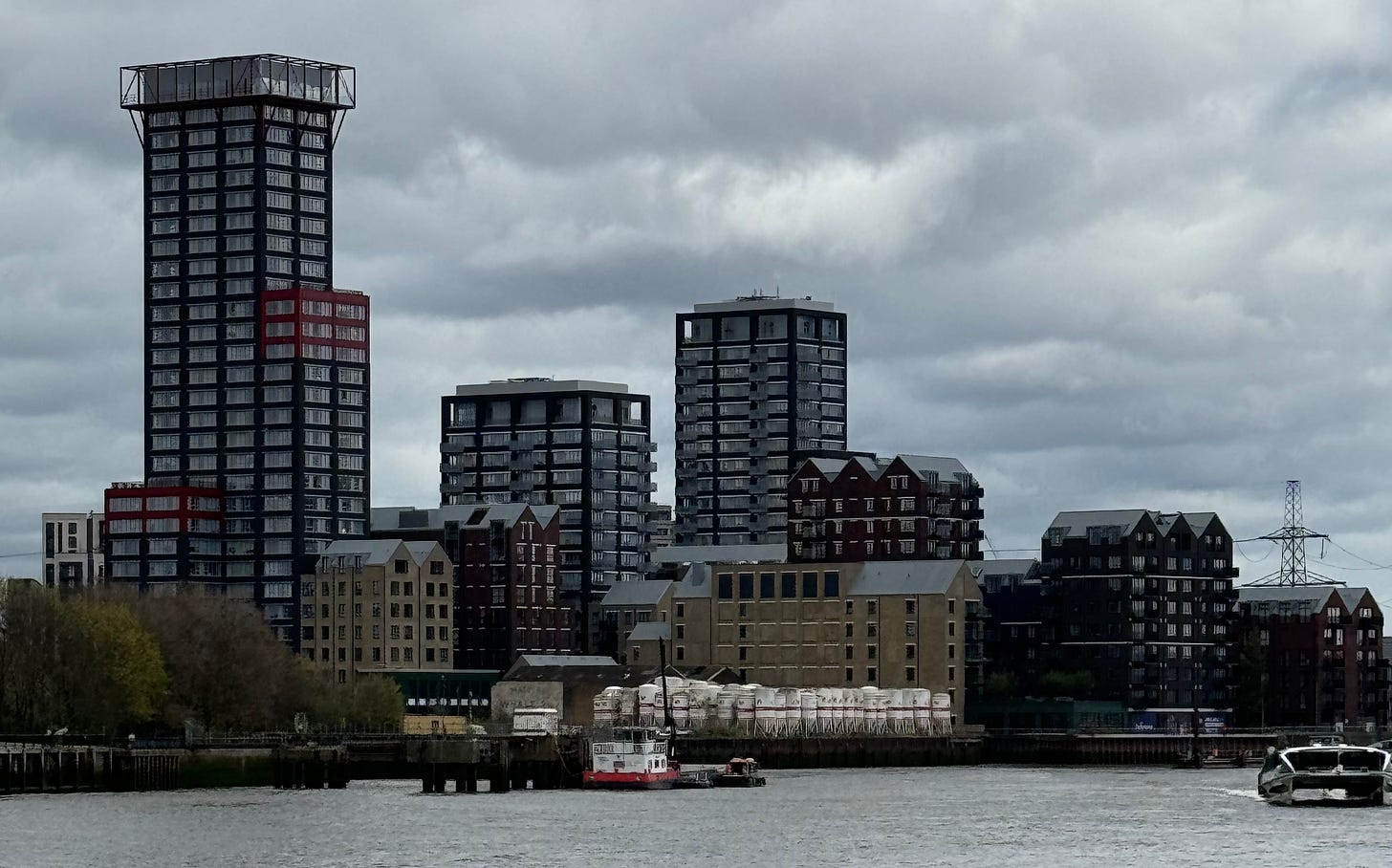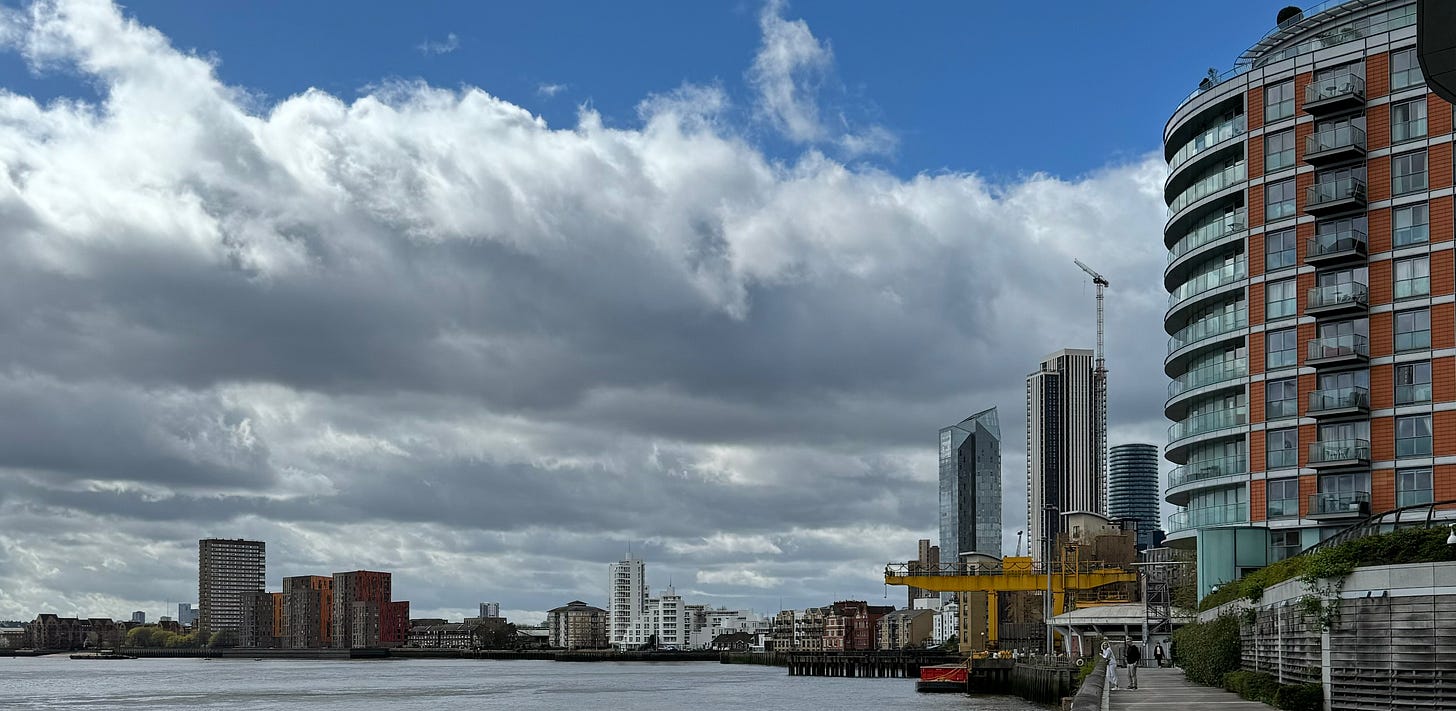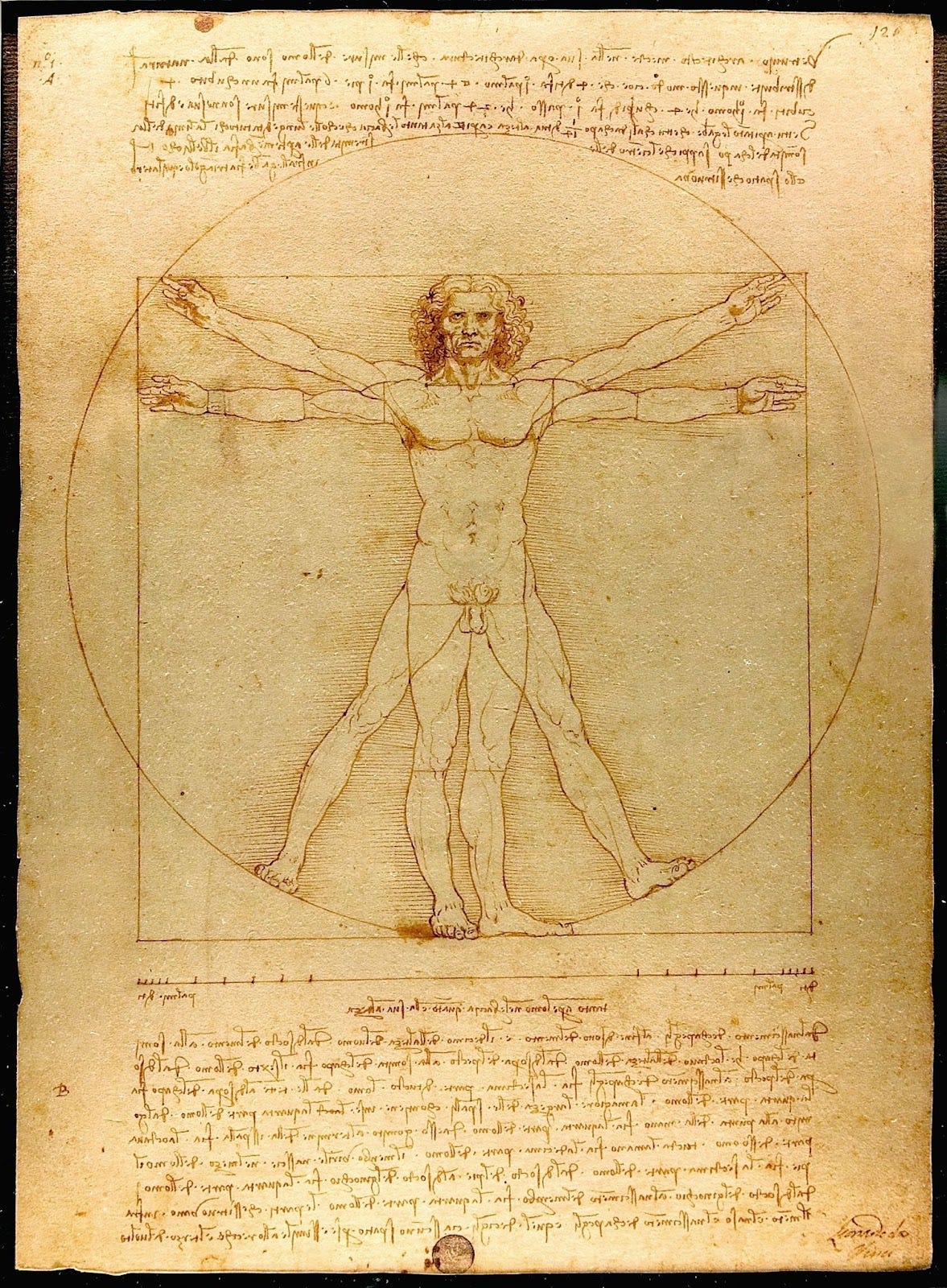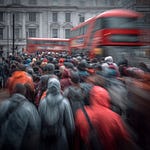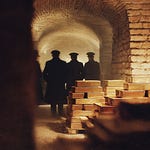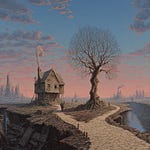I love how easy it is to predict things about you based on what you like or dislike.
Did you know, for example, that if you buy fresh fennel, you are likely to be a low insurance risk? If you like traditional architecture and old buildings, you are more likely to have a conservative, right-of-centre worldview. Whereas if you like modern architecture, you will lean to the left.
For what it’s worth, there are plenty of 20th-century buildings that I find beautiful. I like Art Deco; I like Bauhaus stuff; I think a lot of modern US residential architecture is great. But I think a lot of more recent Deconstructivist and Parametric stuff has disappeared up its state-funded backside and has no chance of standing the test of time. Post-war social housing the world over is verging on the sinful, it is so ugly, not a patch on the almshouses built a century before for the same purpose, when mankind was far less “advanced”. Meanwhile, the glass-fronted apartment and office blocks that blight cities worldwide may be nice to look out from, but to look at they are horrible.
When I look at, for example, what has been built in Lewisham, Elephant and Castle or along the banks of the Thames, you have to wonder what on earth people were thinking. What a wasted opportunity to build something with beauty that endures.
I was looking out on the Thames from Canary Wharf the other day. Here is what we built.
Here is what was possible.
In any case, it is inevitable that most modern architecture will not be beautiful. Inevitable! It is built into the system. Let me explain why.
Yes, there is regulation. When final say falls to the regulator, not the creator, and he/she never thinks in terms of beauty, only rules and career risk, and construction is always planned with his or her approval in mind, you immediately clip your wings and more. Imagine Michelangelo, Rembrandt, or Beethoven requiring regulatory approval for their work. Under this banner falls health and safety, bureaucracy, the technocratic mentality, planning, standardisation of materials and their mass production, and more.
But there is something even more fundamental, which makes lack of beauty inevitable. That is the system of measurement itself.
In the past, before mass-produced tape measures were a thing, we made do with the most immediate tools we had to measure things: the human body. Traditional weights and measures were all based around the human body. A foot is, well, a foot. A hand is a hand. A span is a hand stretched out. An inch is a thumb. There are four thumbs to a hand, six to a span, 12 to a foot, 18 to a cubit, which is the distance from elbow to fingertip. A yard is a pace, which happens to be three feet as well. A fathom is the arms stretched out - two yards, or six feet. It goes on: a pound is roughly what you can hold comfortably in your hand. A furlong is the distance a man of average fitness can sprint for. A stone is what you can carry without strain. A US pint is a pound of water, enough to quench a thirst, and so on.
Man is indeed the measure of all things, to paraphrase Protagoras.
Da Vinci noticed it. “Nature has thus arranged the measurements of a man: four fingers make one palm. And four palms make one foot; six palms make one cubit; four cubits make once a man's height," he says in his notes for Vitruvian Man.
It turns out the feet are very similar the world over and have been throughout history. The foot, for example, was the principal unit in the design of Stonehenge. Here are some different feet from around the world and from throughout history:
The cubit was the principal unit of the Pyramids. The pound is the oldest measure of all and goes all the way back to the Babylonian mina.
Here’s the thing: proportion is inherent to traditional weights and measures because they derive from the human body, which is proportionate. We are biologically programmed to find the proportions of the human body attractive. The religious will argue that God made man in his own image. Traditional weights and measures derive, therefore, from God, or his image at least, and so are divine.
The metric system, on the other hand, is not based on the human body, but on the earth itself. A metre is supposed to be one 10 millionth of the distance from the North Pole to the Equator (though one of French scientists measuring the distance forged the data, so the measure is flawed). The idea of a system based on the earth itself rather than the human body was to achieve a “universal measure based on the perfection of nature” and “a system for all people for all time” to use the words of those who commissioned the measure in the years after the French Revolution. Metric may have a brilliantly simple and comprehensible design, based around the number 10, but unlike traditional weights and measures, proportion is not intrinsic to it.
For the purposes of science and for safety, as I argue in my lecture with funny bits, How Heavy?, a universal system of weights and measures is a very important thing. Thanks to the simplicity of decimals (again which derive from the human body and the ten fingers we use to count), metric can scale up or down for use in nanotech or in macrotech .
As proportion is inherent to traditional weights and measures, buildings based on them will inevitably have inherent proportion and thus all the beauty which comes with proportion. But most of the world now uses metric in its building, which has no inherent proportion, so it becomes inevitable that modern buildings will not have the proportion inherent to older buildings, unless, the architects deliberately plan otherwise, which most of the time they don’t. Thus is modern architecture inevitably not beautiful.
It’s why even functional old buildings, such as barns or warehouses, have a beauty to them. The proportion is inherent in the foundational weights and measures. It is missing in modern buildings.
In the past, weights and measures changed, even if only slightly, from region to region. The result was regional diversity in buildings. Using local materials will have added to this regional individuality. But the world over now using the same system of weights and measures, following similar regulations, using similar mass produced materials, means modern architecture will lack beauty the world over. Bland conformity reigns.
Even something as foundational as an old brick is proportionate. A brick is a hand in width. For obvious reasons: so a brickie could handle it.
In short, unless an architect or builder takes deliberate steps to remedy this problem of proportion, modern buildings will only ever be beautiful by accident.
Here’s a little irony: if you like traditional weights and measures, you’re more likely to be right of centre, favour free markets, individual responsibility - all that kind of stuff. Favour metric, and you’re one of those evil left-wing technocrats who champions government intervention, experts and the BBC.
Until next time,
Dominic
PS Here is my lecture with funny bits about weights and measures from the Edinburgh Festival in 2022. I think it’s probably the best of all my lectures so far.
How Heavy?
I was not expecting the show to be as popular as it was, but people liked it and I really enjoyed doing it. We recorded this video of it, so, as a Christmas thank you for helping this publication exist, I thought I would make it available to paying subscribers - some festive “infotainment”.
PPS And here is an 5-minute extract from Italian TV series Sense of Beauty, which I presented a few years back, about beauty and architecture.






